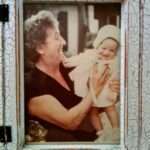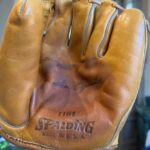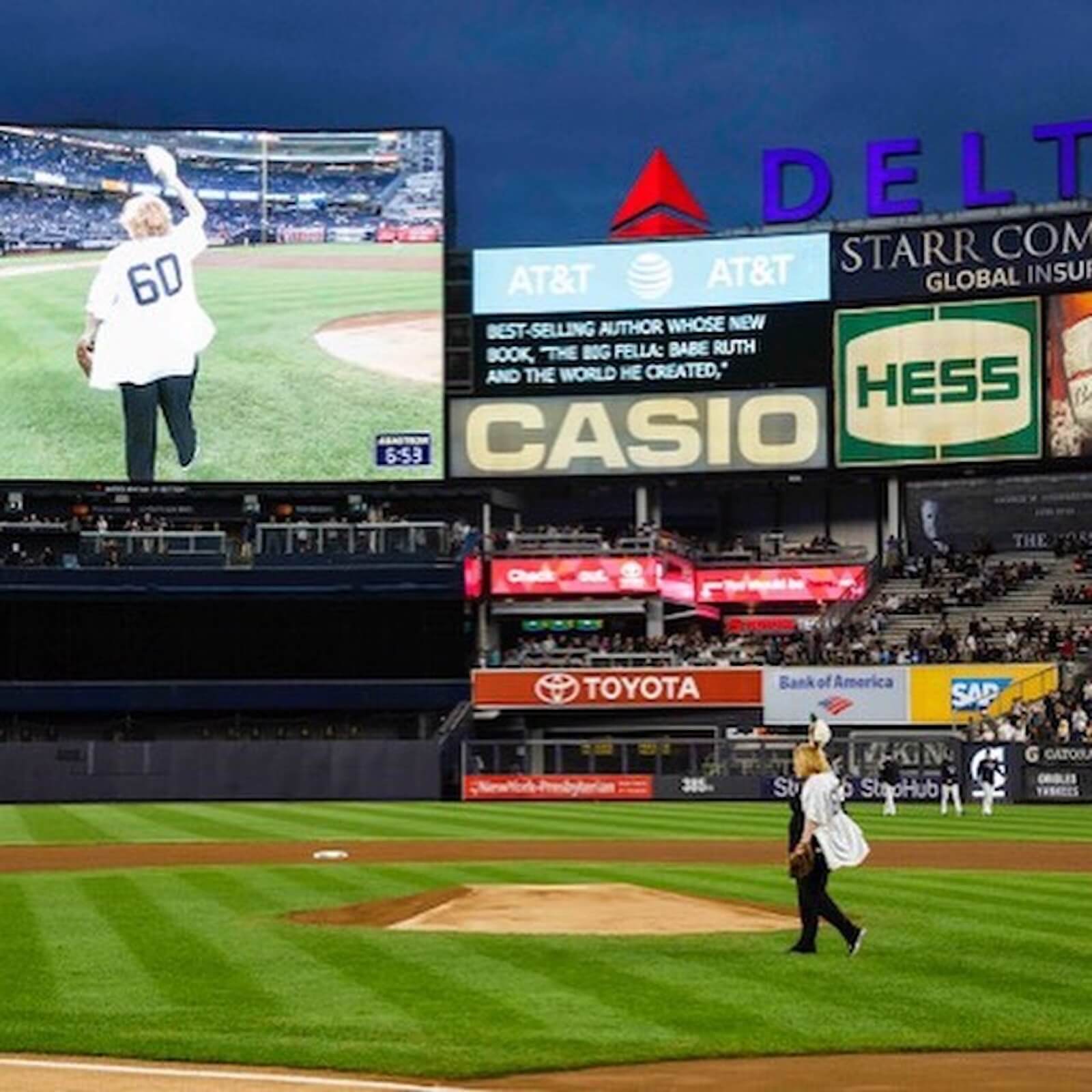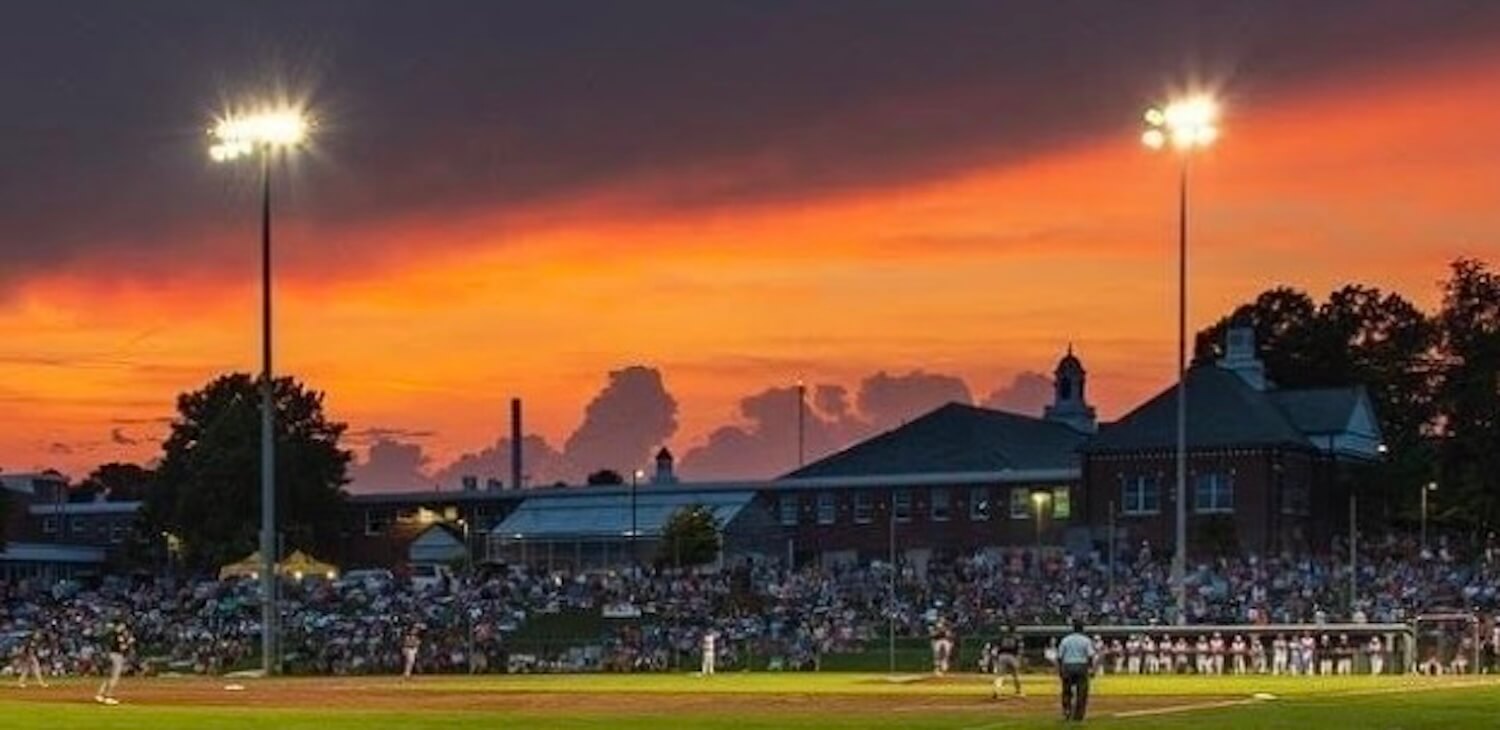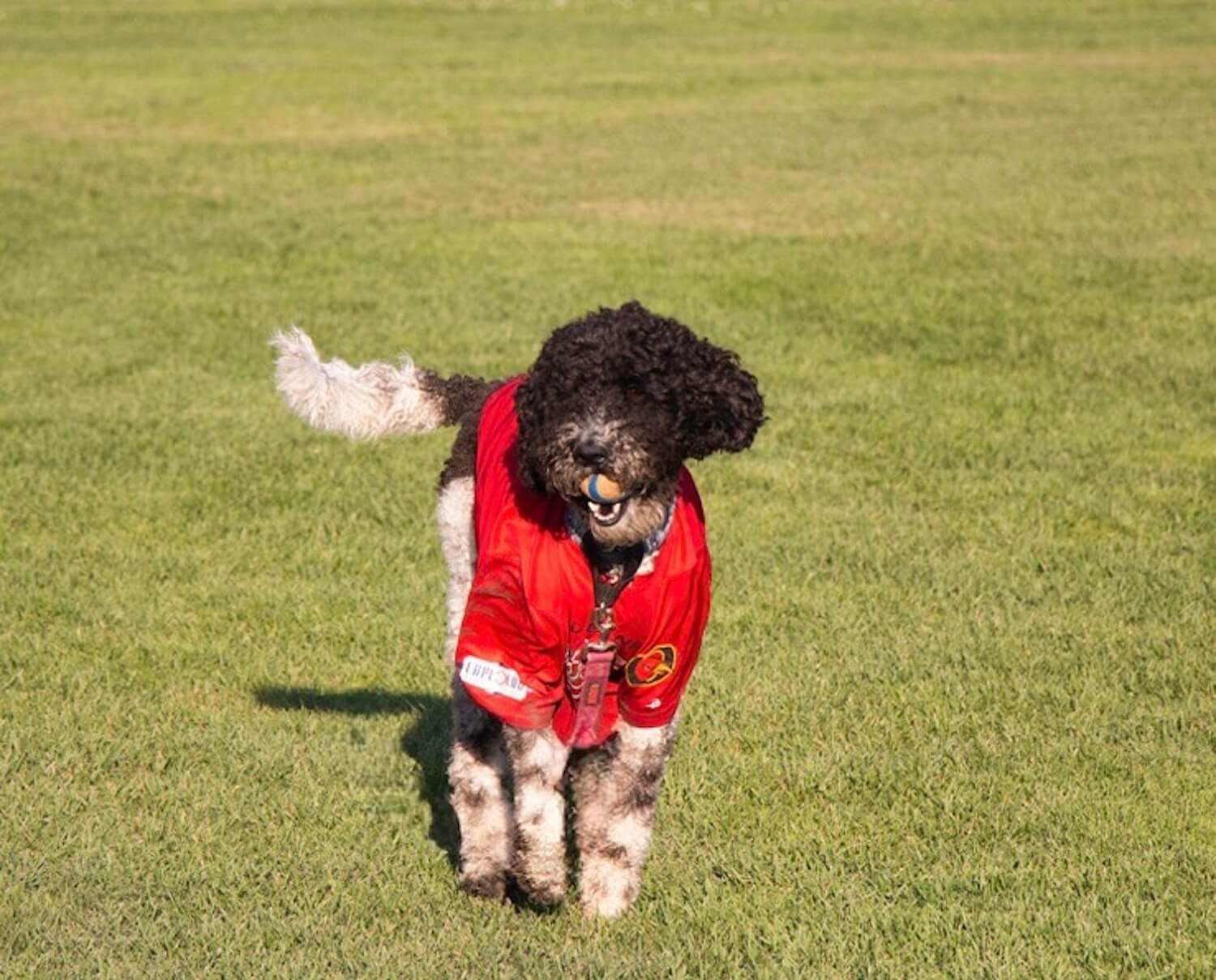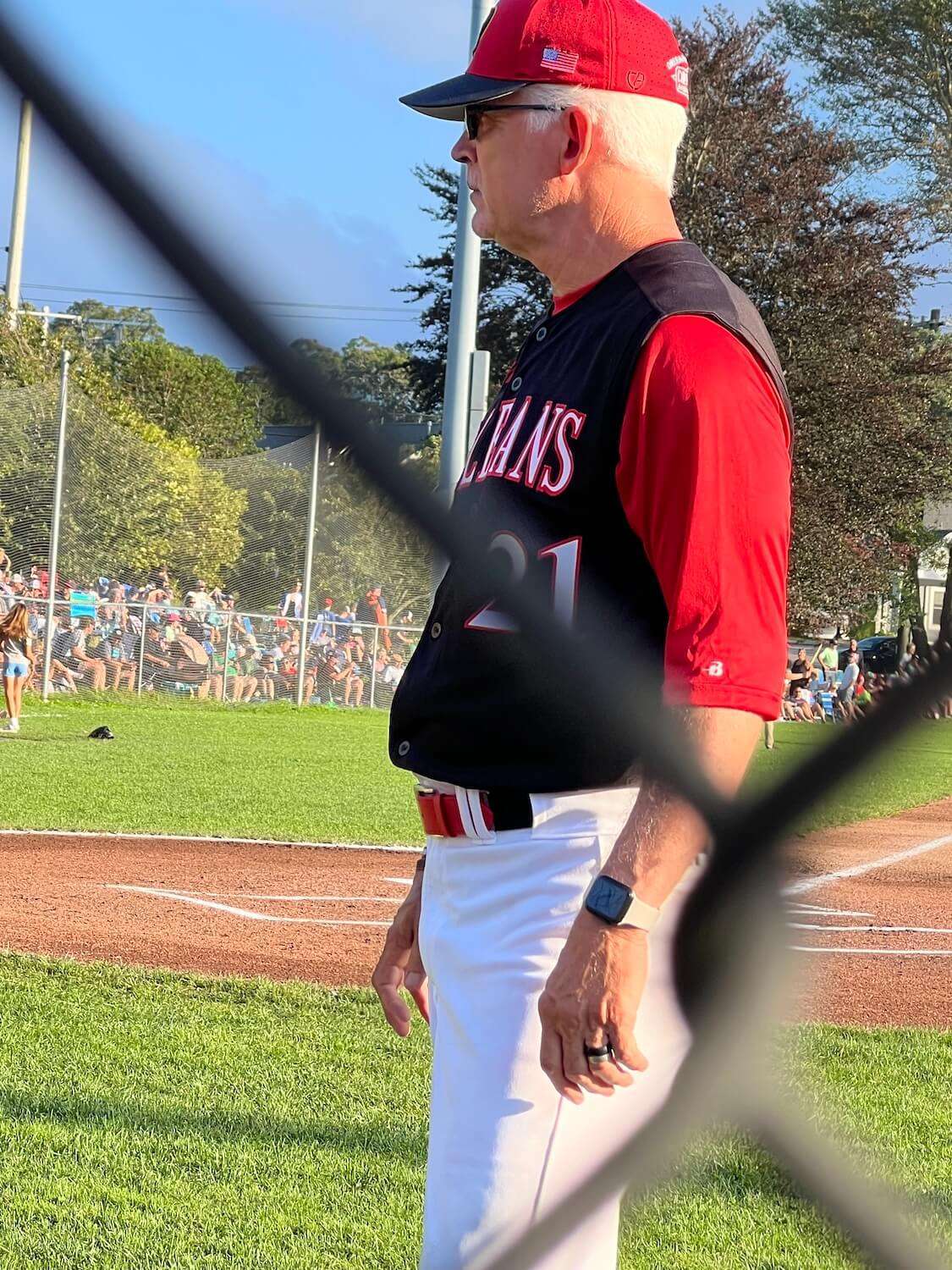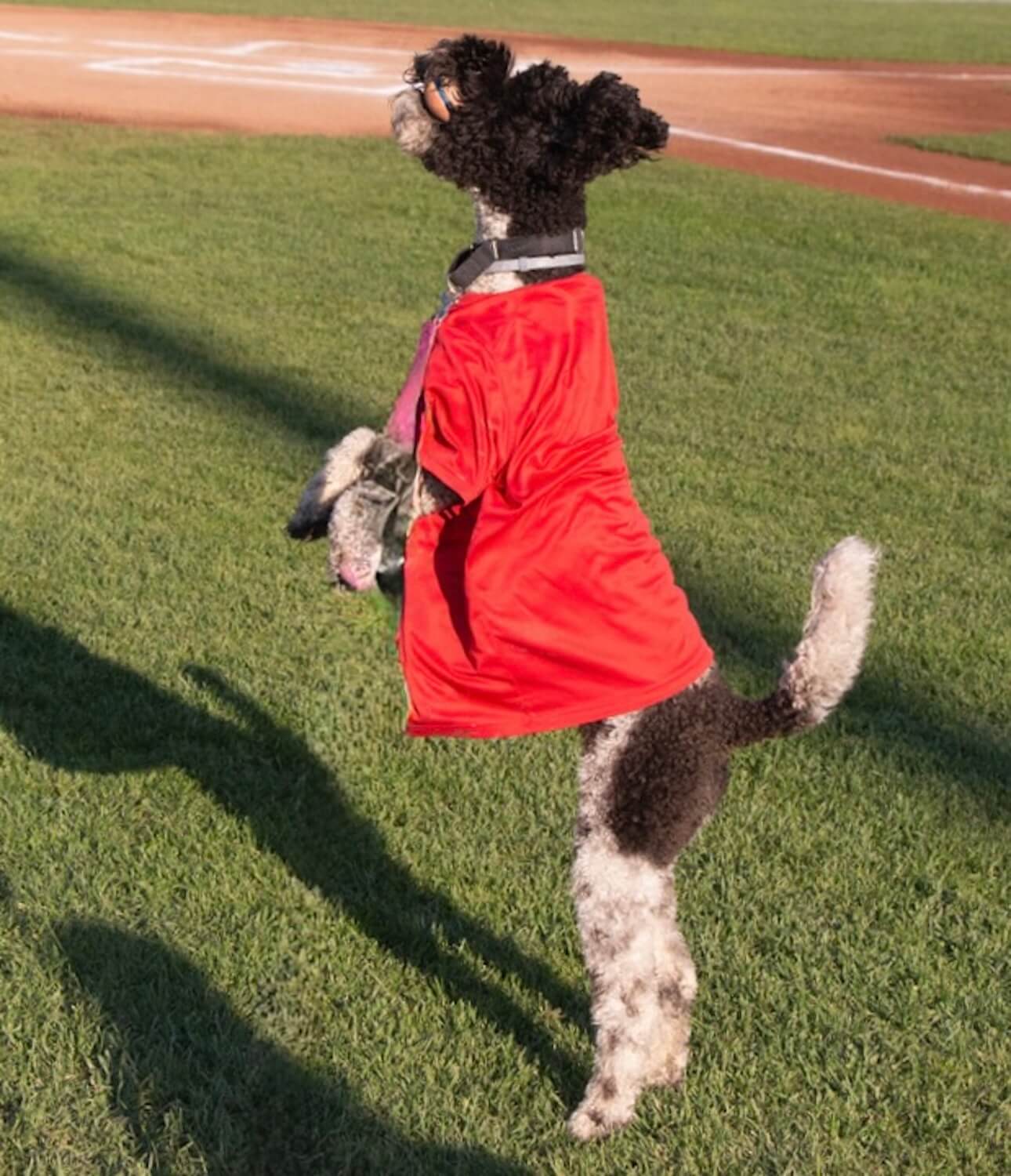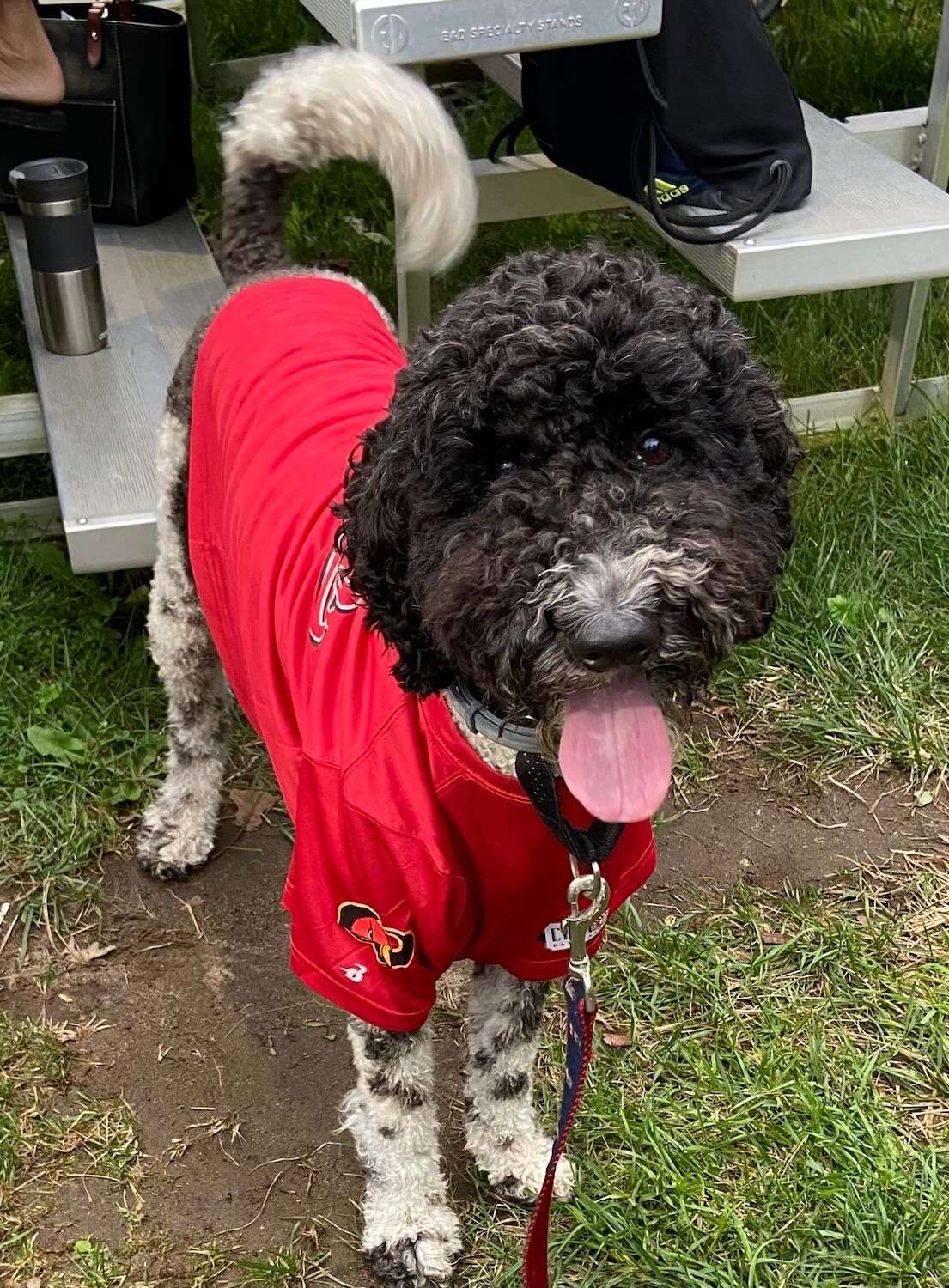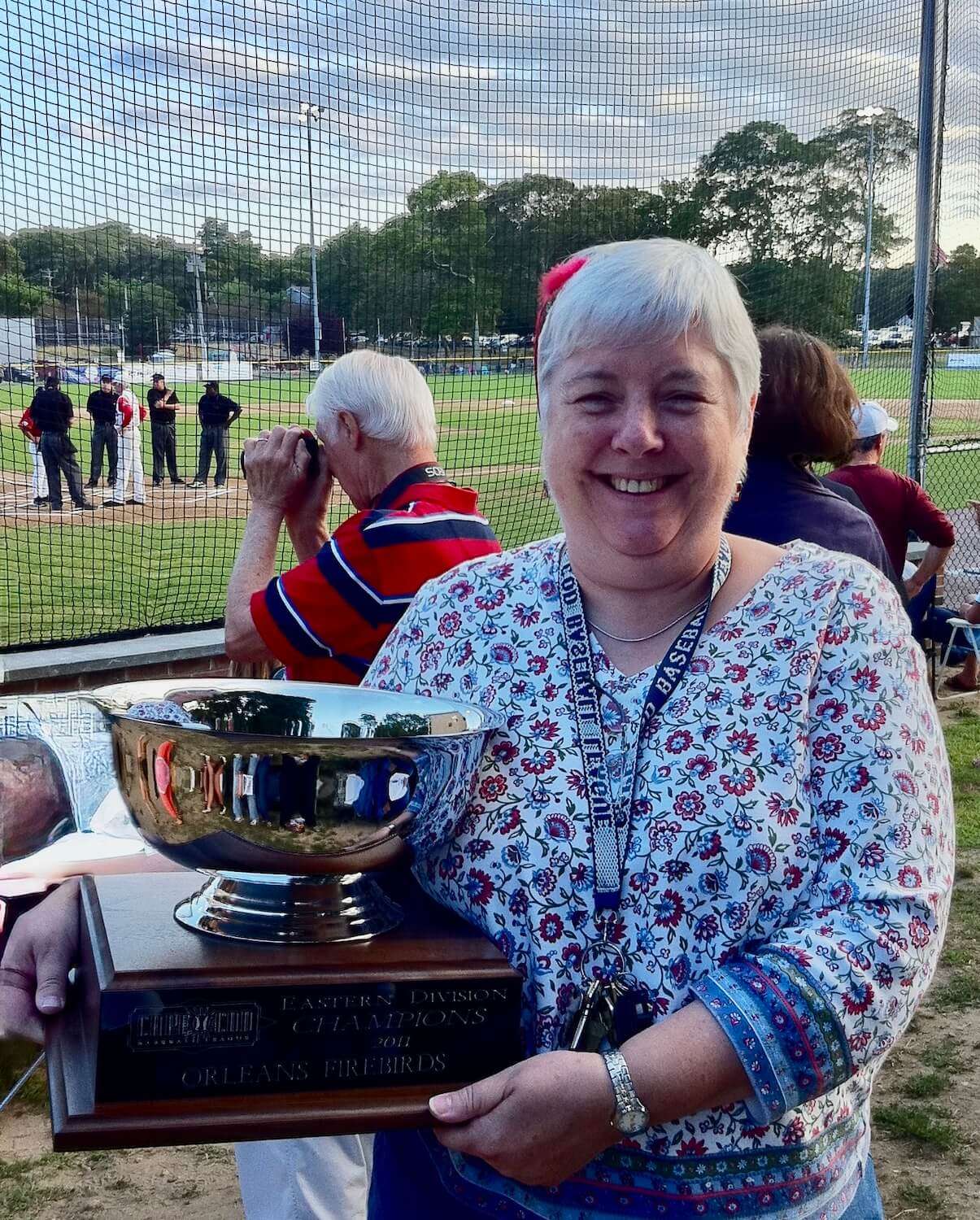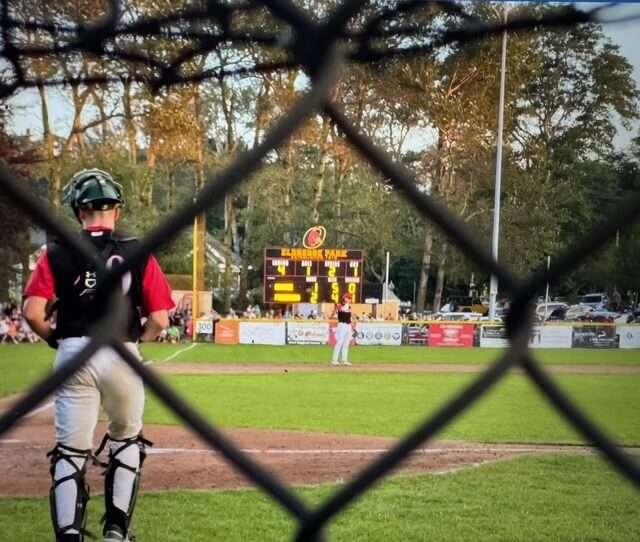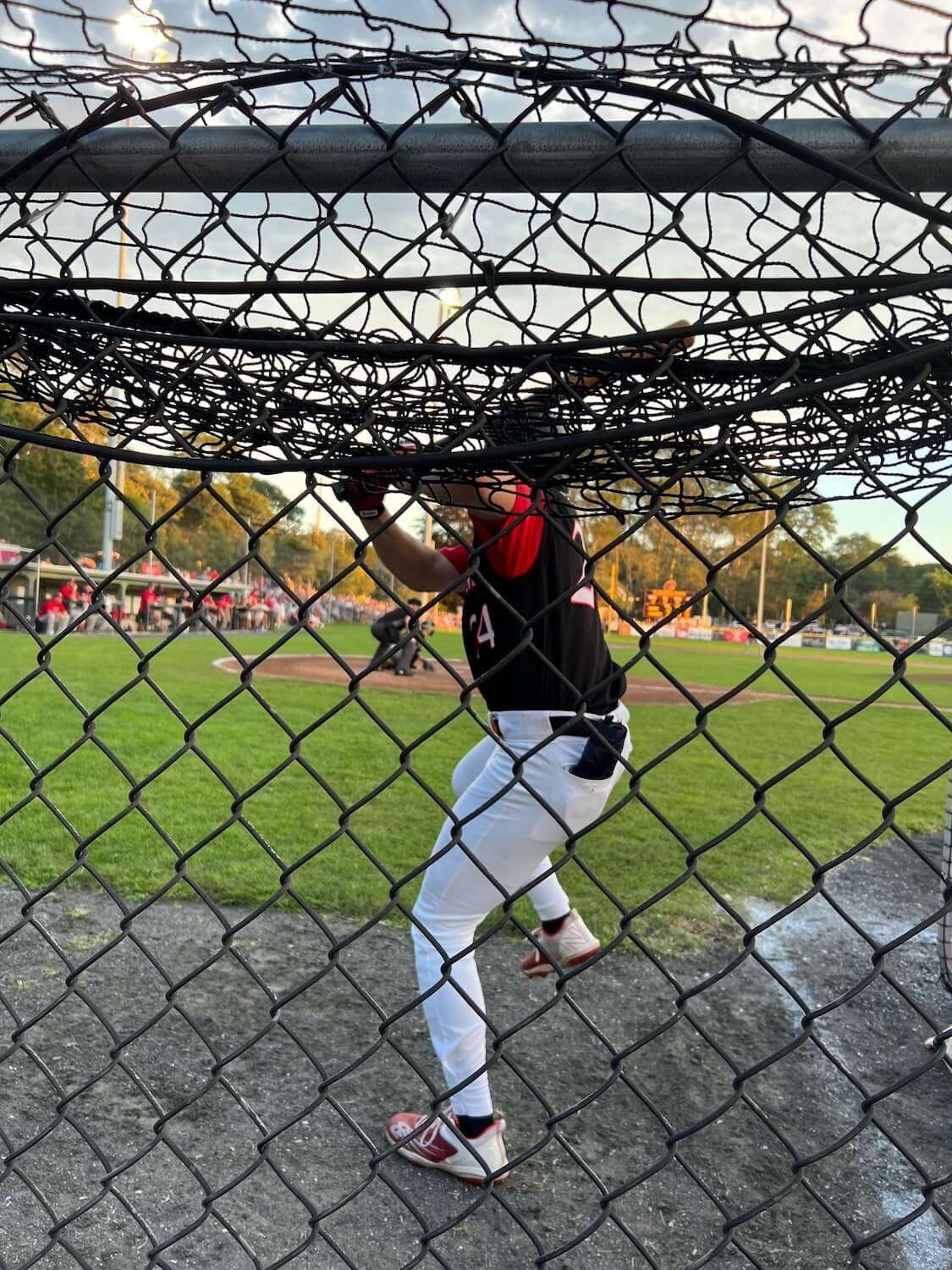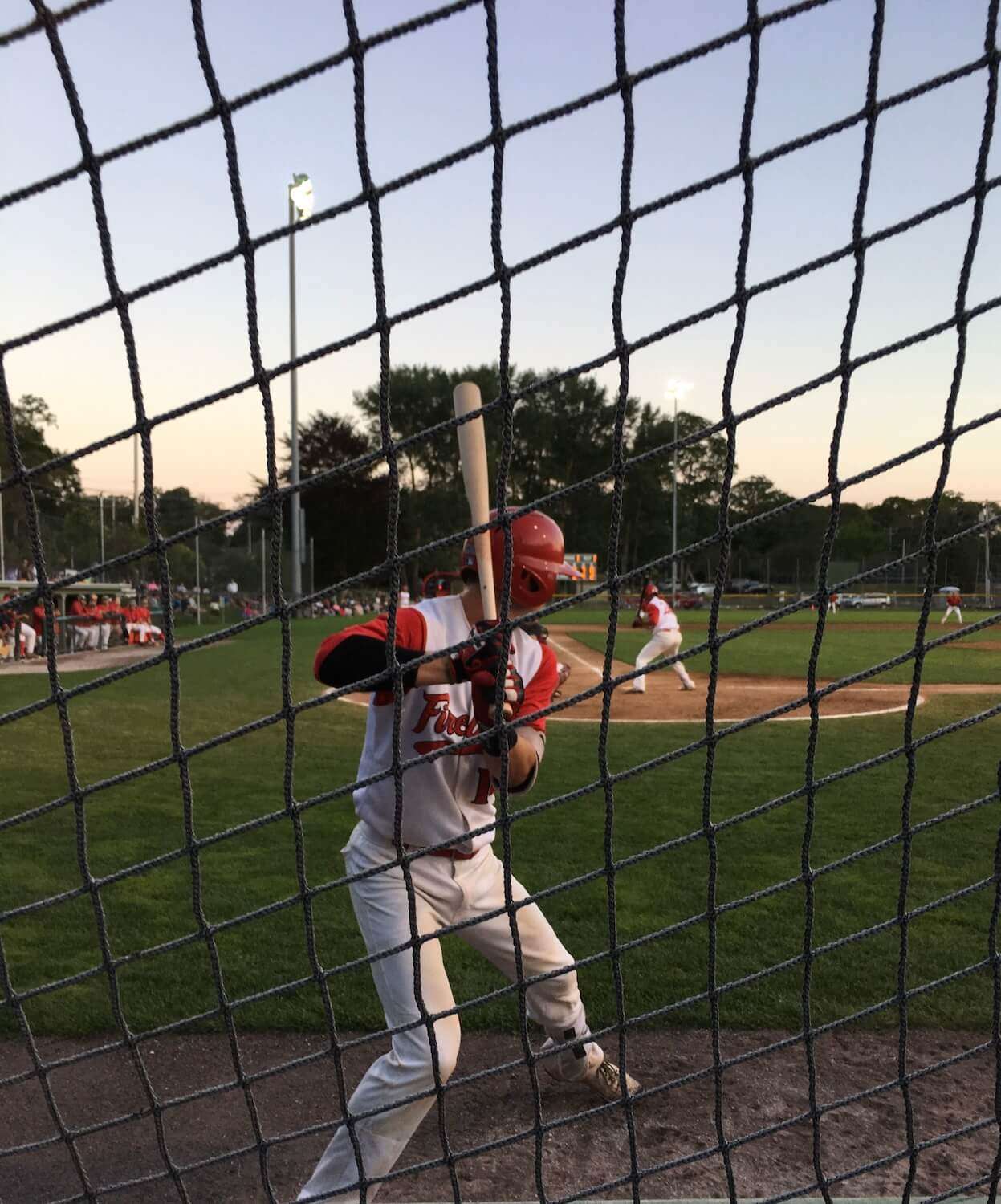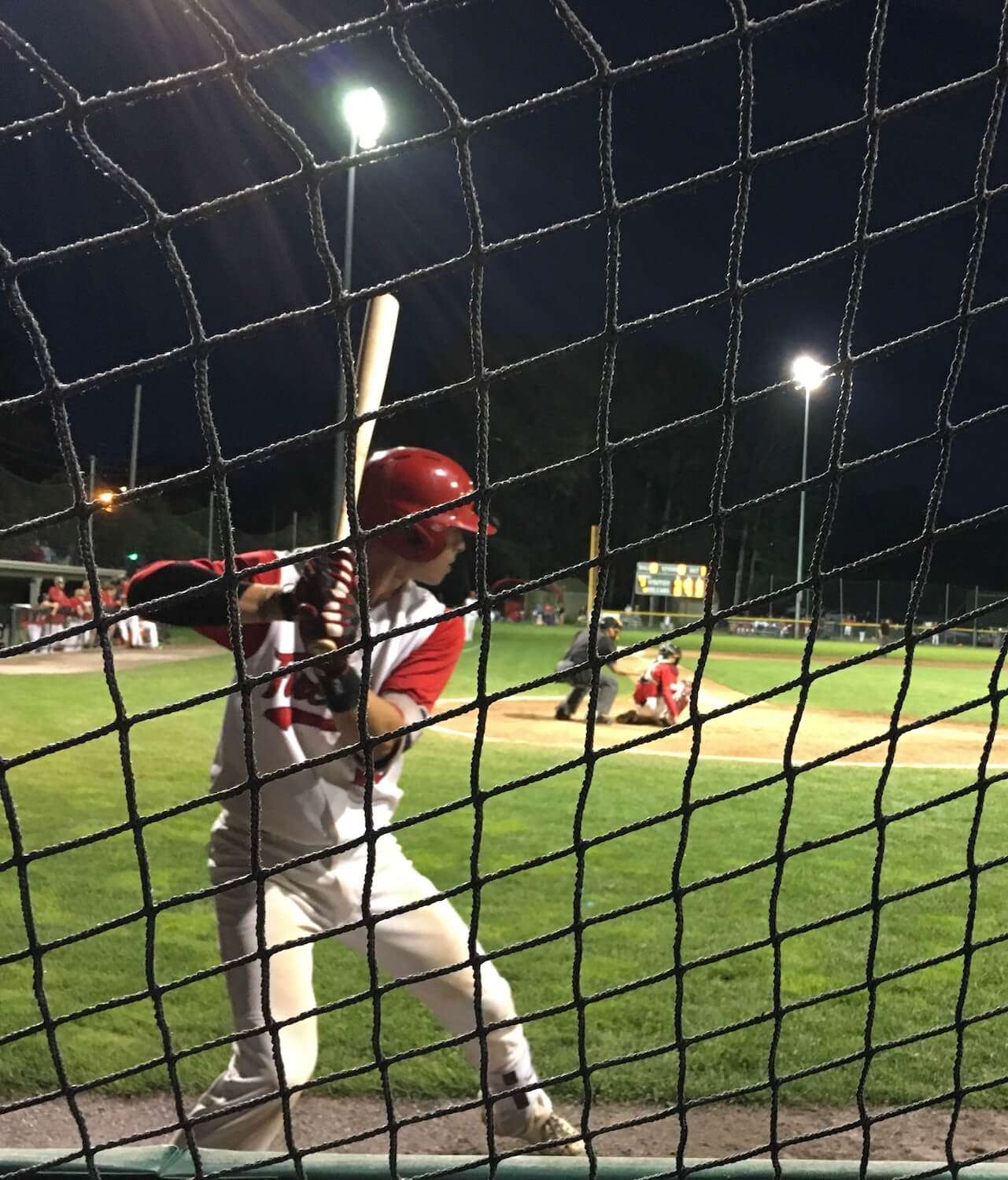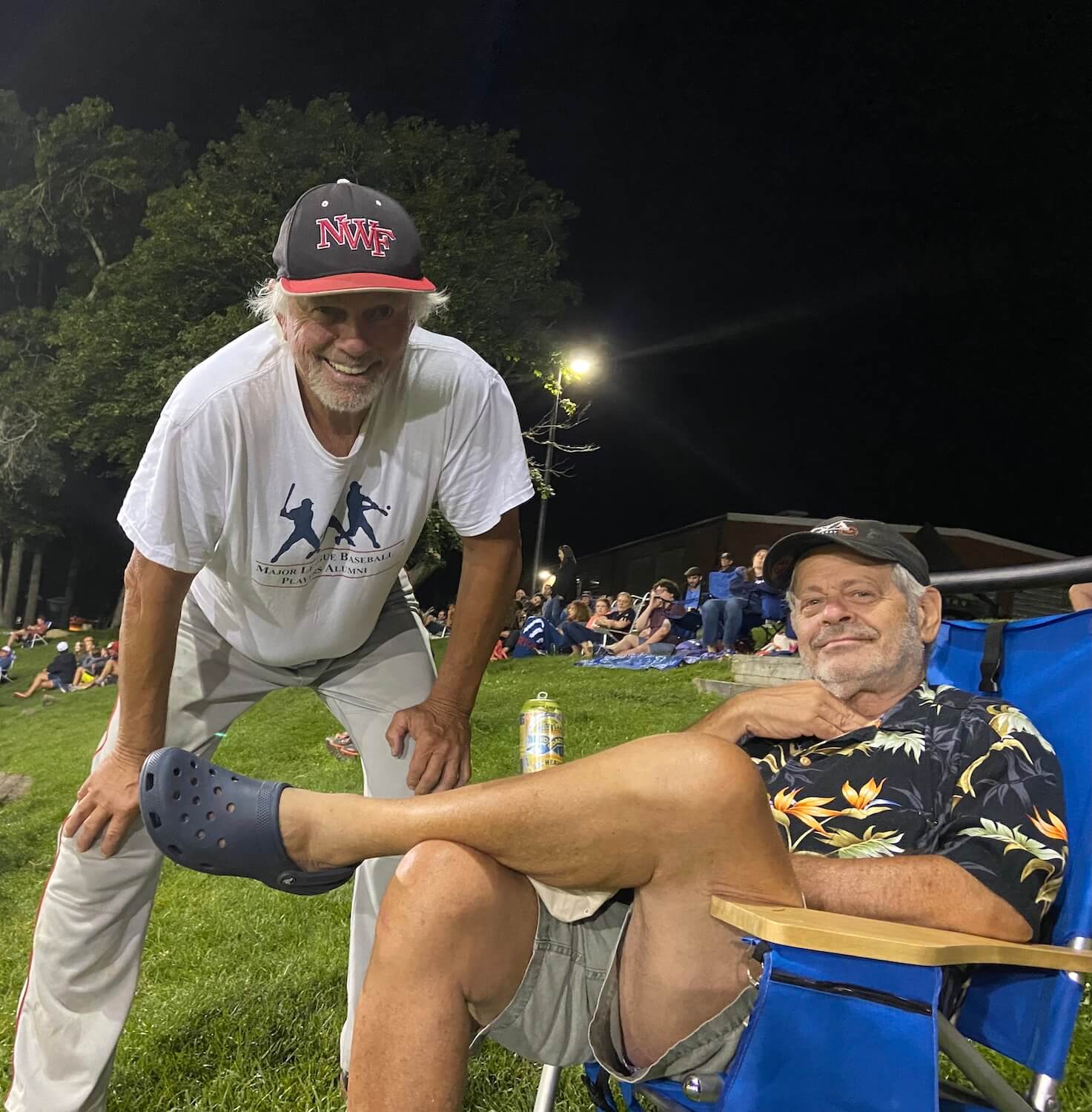MAKE ME COMMISSIONER
Jane Leavy, baseball’s preeminent writer, hardly recognizes the game she loves anymore.
Relentless pursuit of competitive edges on and off the field have killed the essential charms of the great game, chewed up some of its best talent and left fans to root for little more than organizational profit margins and technocratic efficiencies. Now, join Leavy on a behind the scenes road trip through the far corners of the baseball world as she sets out to uncover how the game broke, and to find the people and the ideas that just might bring it back in Make Me Commissioner: I Know What’s Wrong With Baseball and How to Fix It.
Tough, comic, and insightful, this insider’s view by the best-selling author of Sandy Koufax, A Lefty’s Legacy, The Last Boy, Mickey Mantle and the End of America’s Childhood, and The Big Fella, Babe Ruth and the World He Created takes readers from the Cape Cod Baseball League with “Bette-the-dog,” mascot of the Orleans Cardinals, to the data-driven mecca Driveline, to the MIT Sloan Sports Analytics Conference, to MLB HQ, to major league, minor league, independent league and Savannah Banana dugouts to gather old school wisdom, new-school intelligence and against-all-odds reasons to hold out hope for baseball’s future.
Leavy sets out to learn if the rules MLB imposed in 2023 are working, gathering new ideas and support for her solutions from legends and luminaries like Joe Torre, Dave Roberts, Jim Palmer, Dusty Baker, Alex Bregman, Francisco Lindor, Ozzie Albies, J.P. Crawford, Bill James, Daniel Okrent, Janet Marie Smith, and more. Along the way, she finds not only what’s wrong with baseball but also what’s undeniably and enduringly right with it, with the people who play it and with the people who love it.
Every inch a modern-day critique of the soulless and reckless modern-day pursuit of proficiency at all costs, Make Me Commissioner is also a love letter, telling the story of how baseball illuminates character, gives us a sense of who we are and what might and should matter most to us, spins up yarns that night-after-night surprise, delight and inspire us, and fires the imagination like no other game, like no other field of American life.
The story of baseball is in the people that make the numbers, not in the numbers alone. Leavy gets it, and her book is a home run. If you love baseball, don’t miss it.
– Tara Sullivan, Boston Globe
Jane Leavy may not be MLB’s next commissioner, but readers will come away wishing she would be.
– Booklist, (starred)
Jane Leavy is an elite spitballer. No one is better built than Leavy, a crafty veteran sportswriter, for between-innings repartee, wry asides, and tossed-off ideas for improving her beloved sport.
– Mark Leibovich, The Atlantic
Still, she writes movingly, ‘Baseball is mine the way my lungs are mine.’ Equal parts love letter, manifesto, memoir and travelogue, ‘Make Me Commissioner’ is a literary home run, as well as a heartfelt, occasionally acidic plea to save the game she and millions of others still love.
– Jason Kyle Howard, Salon
…an entertaining and informative examination of the conflict inside clubhouses and front offices – choking on information while gasping for knowledge.
– Tom Loverro, Washington Times
Jane Leavy has a voice demanding to be heard—and Major League Baseball should listen. Make Jane commissioner.
– David Shribman, Wall Street Journal
No one makes me laugh and think and nod my head yes more than Jane.
– David Maraniss
Leavy is back to remind us why baseball is the best game and lovingly sculpts solutions to fix the national pastime.
– Dan Shaughnessy
Baseball’s broken, but don’t worry—Jane Leavy’s got the duct tape, WD-40, and a few wild ideas to fix it. A hysterical—yet practical!—take on saving America’s pastime before it turns into America’s nap time.
– Gish Jen
– Jonathan Eig
As a big-league storyteller, Jane Leavy has all the tools: wise-ass sense of humor, eye for detail, knack for dialogue, a major address book of large personalities—and she knows what she’s talking about. The story she makes so lively, about what has gone wrong with what used to be our national pastime, just may be a story about our nation, too..
– Robert Pinsky
– Alex Edelman, award-winning comedian and writer
Leavy captures the frustrations of fans everywhere in this charming, resourceful plea to reinvigorate a sport that ‘forgot how to be fun.’ … [A]n ideal guide to this exasperating era […] Leavy’s blend of enthusiasm, knowledge, and iconoclasm prevails.
– Kirkus
The phenomenal @janeleavy1 has taken the question all baseball fans have asked themselves — what would I do if I were commissioner? — and made a book out of it. It’s an incisive exploration of the modern game, its flaws and its beauty in spite of them
– Jeff PASSAN ON X
…a scathing but funny look at baseball.
– ANN KILLION, SF CHRONICLE
Make Me Commissioner
An Excerpt
On the night that Cal Ripken broke Lou Gehrig’s record for consecutive games played, something else happened. I was sitting behind and just to the left of home plate in a small section of seats tucked beneath the upper deck at Camden Yards in Baltimore when Orioles leadoff hitter and leading man Brady Anderson came to the plate.
I was on the aisle with my commemorative game program and my “I Was There” T-shirt tucked between me and the Camden green Baltimore Baseball Club insignia that marks the end of every row. “Wee Willie” Keeler standing tall between two crossed bats.
Never in all the games I saw as a kid—at the Yankee Stadium, one long, loud foul ball from my grandmother’s parlor; or at Shea, a half hour from home on the Long Island Rail Road; and as a reporter at old Memorial Stadium in Baltimore and Municipal Stadium in Cleveland; at Fenway, Wrigley, and The Stick, not to mention Tiger Stadium, the Big A, and Chavez Ravine—had I so much as sniffed a foul ball. Though I always brought my glove just in case. Until now.
I do not remember the count, the inning, or the name of the pitcher whose offering Brady Anderson fouled back on Cal’s magical night. The ball traveled on a fierce diagonal, like a knife cutting a Passover brisket, whistled over the protective netting behind home plate, and headed my way. Whatever the pitch, he was late on it.
The ball got bigger and bigger as it spun closer and closer. Hard to say how fast it was traveling, but fast, because I can get out of the way when motivated. Once I leaped out of a moving car, over my father’s ample belly, when a misguided bird plummeted through the moonroof and landed in my lap. My family calls it “the day the bird flew in and mommo flew out.”
Anderson’s foul ball adopted a downward trajectory by the time it got to our section, heading straight for my pupik, the Yiddish word for belly button, which my grandmother had transposed to further south of the equator. And so, it landed, smack-dab between my thighs, and I squeezed it tight. It was the best catch I ever made.
While admiring my trophy and my dexterity, I felt a hand reaching for the ball. Some guy across the aisle had vaulted over the black railing dividing the concrete steps in an attempt to snatch the ball from my, well, you get the idea.
My shriek marred Cal’s otherwise perfect day.
“Get out, you fuck!”
Loud enough that Brady could have heard me. Loud enough to scare the interloper away.
I know I have that ball somewhere.
I feel about that ball, about that game, about that place, about Cal’s 2,131-game curtain call, the big number one unfurling on the wall of the B&O warehouse behind right field, the way that I feel about baseball. It’s mine. Baseball is mine the way my lungs are mine. It animates me. And it will animate you, too, if you let it.
I don’t mean to be proprietary, but I did write Cal’s Rookie of the Year story for The Washington Post in 1982 when the streak began, and roasted him at some chichi dinner in Washington, DC, when it was over. I remember presenting him an Orioles cap with Hebrew letters neither of us could read.
When beautiful Camden Yards was in the planning stages, my neighbor Larry Lucchino—then right-hand man to owner Edward Bennett Williams—spotted a book on my shelf about America’s ballyards. A gift from my ex-husband, it had photos neither Larry nor I had ever seen, and more importantly it had blueprints. Larry asked to borrow it from me.
I never got it back and never found another copy.
On the other hand, he was the only one of us building a ballpark. One day maybe two decades later in Cooperstown, I was introduced to Janet Marie Smith, the goddess of ballpark design, who got her start with Lucchino at Camden Yards, and said, instead of hello or nice to meet you, Where’s my book?
She said, “Oh, yeah, I think we cut that up.”
So, yeah, I feel a little bit like the place belongs to me.
I don’t remember my first big-league ball game. I do remember the first game I wasn’t allowed to attend. I was five years old when my father inexplicably took my older sister, who hates sports, to see the Dodgers at Ebbets Field in their last year as Brooklyn residents. They brought me a souvenir as a peace offering, an insulting girlie hat, definitely not a ballcap, with a wide brim and alternating panels of Dodgers blue and white, which I stomped into the grass of our Long Island backyard. It was my opinion, then and now, that you’re never too young for baseball.
Later that year, my grandmother, Celia Zelda Fellenbaum, and I boarded the CC local train at 161st Street and River Avenue to buy a baseball glove. She was no feminist, my grandmother, and no baseball fan either. She was never tempted to set foot in the ballpark that cast a shadow over her Bronx parlor, but she knew where to go for “only the best,” which is what she wanted for me.
I dressed for the occasion in black patent leather Mary Janes and white tights, which caught on a shard of subway wicker and tore. I always got tangled up when I tried to be a proper girl.
Stunningly, Saks Fifth Avenue had a Sam Esposito model glove, stuck on the left hand of a mannequin in the window facing Fifth Avenue, for an Opening Day display: Spalding “form pocket” model 1161. It was an ungainly thing, padded like a wistful teenager’s bra—so wadded up in the thumb and pinky that the glove could not close around a ball.
“I’ll have that for my granddaughter,” Celia Zelda Fellenbaum said. The flummoxed salesman in the fragrance department knew better than to argue.
Baseball made me different from all the other girls at East Hills Elementary School, which, by junior high school, did not exactly thrill me. Pretty Gwen Morris explained why I wasn’t getting Bar Mitzvah invites: The boys think you like baseball more than boys. Which was probably true.
Baseball accompanied me to synagogue at the Concourse Plaza Hotel up the hill from the ballpark where, with the aid of my grandmother’s too-big mink coat, I celebrated the High Holidays with Sammy and a spiffy red plastic Motorola transistor radio with a daisy speaker that had taken up residence beneath my pillow.
Baseball forged an alliance between me and my father, who as a boy watched Giants games from an outcropping of Manhattan schist known as Coogan’s Bluff high above the Polo Grounds. At age ten, in 1927, he descended the heights to the vast greenness below, where he was anointed water boy for the New York Football Giants. The coveted post was a perk of my grandfather’s career as a bookie and rumrunner who supplied stadium denizens with prohibition booze.
Baseball found me on a deeply wooded road in the Ardennes Forest one spring night in 1970 when I was eighteen, a senior in high school, living in a Belgian convent. (My parents were worried about sex, drugs, and rock ’n’ roll.)
In a clearing at the top of a hill, I heard the crackle of static on the driver’s radio tuned, I presume, to Armed Forces Radio and then . . .
Holy cow!
It was the Scooter, Phil Rizzuto, calling the game from the big ballpark in the Bronx.
The sounds and rhythms of the game made themselves at home in my dreams and never left.
Baseball gave me a career and a subject. Baseball got me through my divorce and through the COVID-19 pandemic, when I was actually jealous of the cardboard cutout fans lounging behind home plate in $2,500 seats.
When friends began giving up their season tickets; when The Wall Street Journal estimated that there are only seventeen minutes and fifty-eight seconds of action in a three-hour game (more than an average NFL game); when my buddy Dave Smith, who created a digital repository of two hundred thousand major-league games called Retrosheet, said, “I think I’ve given enough of my life to baseball”; when The New York Times celebrated opening day of the 2022 season with a guest essay headlined “Baseball Is Dying; The Government Should Take It Over”; when DraftKings, the official daily fantasy partner and an authorized gaming operator of MLB, began selling “Baseball Is Dead” T-shirts on its website, I scoffed.
Scoffing did not suffice when MLB began selling off parts of itself like organ brokers, from biceps to batting-helmet flaps, and turning pitching mounds and base lines into billboards. “Roman,” an online purveyor of Viagra and other necessities of modern male life, debuted behind the pitching rubber.
There’s no scoffing in Cooperstown, especially on induction weekend, when every baseball myth, including baseball’s preposterous origin story featuring Civil War hero Abner Doubleday, passes for truth. Imagine my surprise, then, at a prepandemic breakfast with Sandy Koufax and Joe Torre on the veranda of the Otesaga Hotel, the holiest of baseball’s holies where only Hall of Famers have right of passage, when they began to talk about today’s game. Torre was there to celebrate the induction of Mariano Rivera, the first unanimous selection to the Hall of Fame, who helped him win four world championships with the Yankees. Koufax was there because he is Koufax.
Today’s game is not the game they played. Inevitably, the subject turned to how hard pitchers are throwing and how little they are pitching. “Half the time, the pitchers don’t know even where the ball is going,” Sandy said.
“Hard to watch,” Joe replied.
“I don’t watch,” Sandy said.
I thought: How is it possible that I watch the MLB Network by day, and some ball game — any ball game — by night, and follow computer-simulated Yankees games on my iPhone under the table during dinner parties (even ones that I host), and they don’t?
I wrote my first baseball story when I was nine years old. It was a homework assignment from my fourth-grade teacher: “A Day Planned by Me.” Dated May 11, 1961, a week after Alan Shepard vaulted into space, it begins, “We would take a rocket ride around New York City and go to Coney Island. Then we would go to a Yankee Dodger baseball game at the Yankee Stadium. It will have 1,000,000 innings. It would end at 5:00 o’clock in the morning. We would ride home in our Jet Rocket. When we got home, I’d get my gang together and we would go back to the Yankee Stadium and play a 1,000,000-inning game of baseball. But! The Yankees would split up on both teams. That’s my idea of a busy and Happy day.”
Baseball is still my lullaby, my wingman, my alter ego. I am the person who never fell out of love with the game. There was a brief crisis of faith when George M. Steinbrenner III told me about his plan to turn Monument Park into a waterpark. I quit wearing the ultimate regift, a Yankees warm-up jacket Steinbrenner had given to Supreme Court Justice John Paul Stevens, who had given it to me. For this unconscionable wobble I was remonstrated by Gail Mazur, poet, friend, and Red Sox partisan, who told me I was unworthy of calling myself a fan if I let The Boss dictate my relationship with the game. I started wearing the jacket again.
In this way, and only in this way, baseball reminds me of my grandmother, who had the gift of elastic love and made each of her seven grandchildren feel most cherished. Like baseball, Celia Zelda Fellenbaum always showed up for me.
This was not the book I wanted to write. After spending more nights alone with Babe Ruth than either of his wives or both of them put together, I fully expected to find another baseball life story begging to be told. The fact that I couldn’t think of one told me everything I needed to know about modern baseball. There was no longer any way I could ignore the evidence—it bombarded me on every data-sodden game broadcast—analytics had become the story of the game, not the people who play it.
That breakfast at the Otesaga provided the germ of an idea that became a full-time inquest. On January 14, 2021, the day MLB charged ghost-busting boy genius Theo Epstein with the task of mak- ing baseball fun again, I resolved to resume the journey that began on the CC local to go in search of the soul of my game.
Maskless, I hit the road in Waldorf, Maryland, home to the Southern Maryland Blue Crabs of the Independent Atlantic League, literally the “avant-garde” in baseball’s quest to reinvent itself. The robo-ump was fired up and ready to adjudicate balls and strikes for a weekend series between the Crabs and the Long Island Ducks, their first home games at Regency Furniture Stadium since before the pandemic.
Seven games into the season, people were already bitching about the automated strike zone, Manager Stan Cliburn told me in the home dugout. But the subject of the day was Spider Tack.
That’s the sticky stuff big-league pitchers were using to increase their purchase on the ball and the RPM on their heaves. No wonder there were six no-hitters by the end of June. When MLB peremptorily banned the goop, I applied a glob to the crown of my head figuring it was like pomade. It was a reportorial move. The bald spot lasted two years.
Daryl Thompson, the Crabs’ pitching ace and pitching coach—who had a cup of coffee with Dusty Baker’s Cincinnati Reds—saw another apocalypse on the horizon. On the first day of the second half of the season, Atlantic League pitchers would begin pitching from sixty-one feet, six inches—one of Theo’s goofier ideas for how to save the game—without so much as a day of practice from the longer distance.
He didn’t much like his guys being used as guinea pigs, but that was the job. So when push came to start he took the ball himself, pitching seven scoreless innings, and told me later his ribs hurt. Little wonder he was a favorite in Crustacean Nation, where he mowed lawns for a living.
I called Mike Rizzo, the Washington Nationals general manager, from the grandstand. He told me not to worry. “Never going to happen,” he said. “They’re not that fucking stupid.”
He was right. They aren’t. Also, the one-foot change did not produce the desired improvement in offense.
Steve Lombardozzi, a former big leaguer who had spent his winter digging potatoes from frozen fields in hopes of one more shot at The Show, led off the game with a measly grounder in the hole between first and second base. I marked my scorecard reflexively, 4–3. When I looked up it was as if all the bedroom sets in stock at the Regency Furniture showroom had shifted in feng shui balance.
The hateful shift, first essayed in the Atlantic League, was gone.
My equilibrium was upended repeatedly during four seasons of reporting and rereporting, writing and rewriting, as baseball evolved and convulsed in anticipation of Theo’s new rules, rules he said were intended to make baseball feel old.
Baseball was on the clock and so was I. I made it my mission to see the game in all its iterations in 2023, to gauge the impact of Theo’s engineering and gather intelligence on what more needed to be done. I started in West Palm Beach, before the regulars reported, at the shared home of the Washington Nationals and the world-champion Houston Astros. I visited big-league ballparks in Washington, Baltimore, Philadelphia, Cleveland, Atlanta, Pittsburgh, Kansas City, Los Angeles, the Bronx, and Queens. I went to minor-league games in Eastlake, Ohio, and Worcester, Massachusetts; watched pick-up games on the Mall in Washington, DC, where I once played for The Washington Post; and stopped by the side of the road to watch Little League and T-ball games.
I went into locker rooms I was way too old to want to visit; to Driveline, the data-driven training center in Kent, Washington, and to MIT, host of the biggest annual sports analytics conference; to spring training in Florida; to Savannah Banana games in KC, West Palm, and Cooperstown; to the USA Baseball National Training Complex in Cary, North Carolina; to Tornado Alley in Stillwater, Oklahoma, home of the Oklahoma State University Cowboys; and to the Jackie Robinson Training Complex in Vero Beach, which used to be Dodgertown.
Zigzagging this way and that, I did my best to avoid the usual suspects and the received wisdom. I went in search of smart guys, funny guys, honest guys—answers. I asked everyone the same questions. What happened? How did baseball lose America? Why doesn’t it move people the way it once did, the way only it can, the way it still moves me? Who now speaks for the game? And what can I do to help?
When, in early 2024, Baseball Commissioner Rob Manfred announced he would give up the gig at the end of his term in 2029, I knew what I had to do.
Make me commissioner. I know what’s wrong and how to fix it.
Read an Excerpt
This was not the book I wanted to write. After spending more nights alone with Babe Ruth than either of his wives or both of them put together, I fully expected to find another baseball life story begging to be told. The fact that I couldn’t think of one told me everything I needed to know about modern baseball. There was no longer any way I could ignore the evidence—it bombarded me on every data-sodden game broadcast—analytics had become the story of the game, not the people who play it.
That breakfast at the Otesaga provided the germ of an idea that became a full-time inquest. On January 14, 2021, the day MLB charged ghost-busting boy genius Theo Epstein with the task of making baseball fun again, I resolved to resume the journey that began on the CC local to go in search of the soul of my game.
JANE’S ROAD TRIP
In Pictures
(click a thumbnail to view each gallery and read the captions)
IN THE BEGINNING
My grandmother Celia Zelda Fellenbaum lived one long, loud foul ball from home plate at Yankee Stadium…
Eldredge Park — Orleans, MA
And here, at Eldredge Park, home of the Orleans Firebirds in the Cape Cod Baseball League.
(click thumbnail to view gallery)


